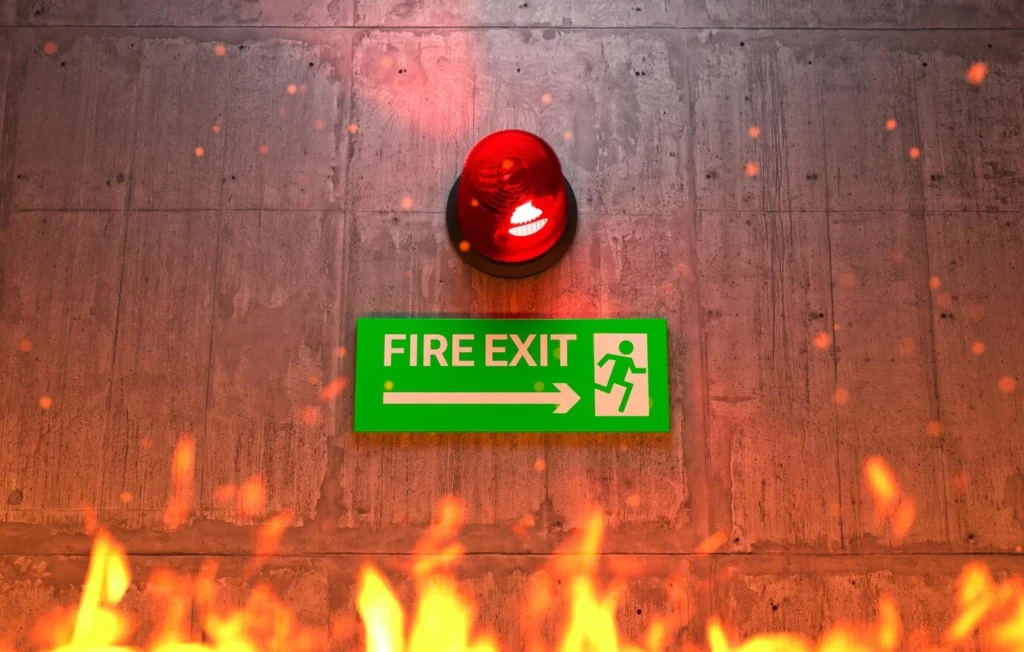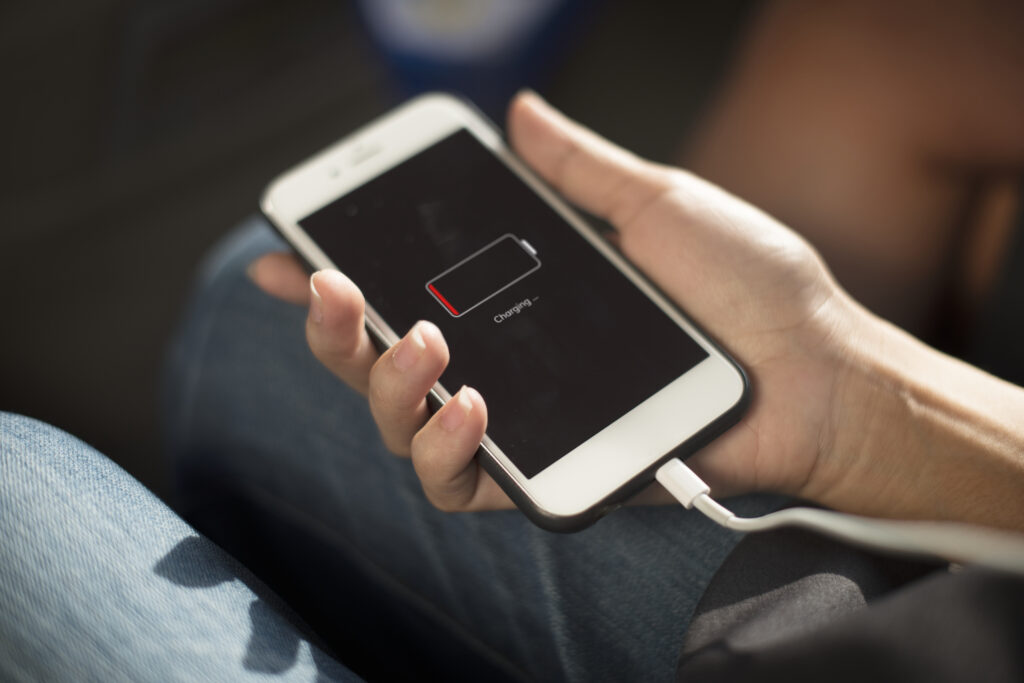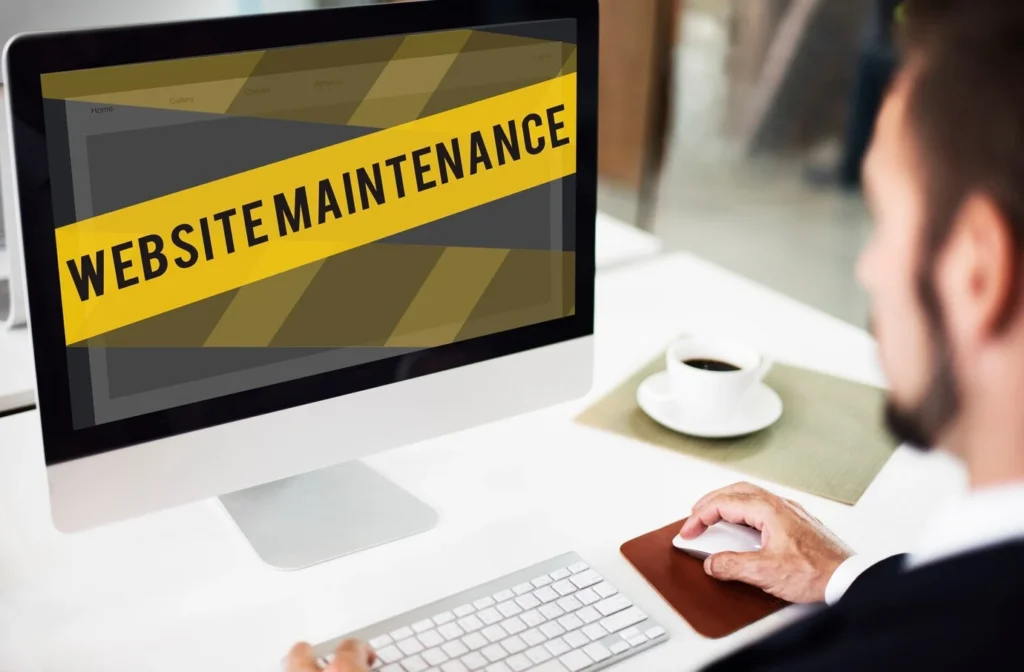fire alarms safety is very important. A fire alarm is an essential device and should be in every home. This device is not just a thing but a life saver. But many people make mistakes by just logging in. When there is a fire emergency, you may notice that the alarm is not working properly. This is how panic starts. If you don’t wake up when the alarm goes off, it will be hard to escape. People think that because the alarm is set, everything is fine. But this is a wrong thought. Fire alarms safety means more than just setting it. Testing it regularly is also part of
fire alarms includes proper placement, battery checks, regular testing, and cleaning. These steps are all very important. A house can catch fire in just a few seconds. If the alarm fails, both life and property may be lost. Every homeowner should understand the importance offire alarms Everyone in the household plays a part in staying safe. This article highlights the common mistakes people often make. By avoiding them, you can make your home much safer. A working alarm gives you time to rescue yourself and others. Life is better when you’re prepared. Learning from mistakes and taking fire alarms seriously can save lives.
Misplacement of the fire alarms
Most mistakes in fire alarms happen during placement. People often don’t think carefully about where to install the alarm. Fire alarm safety guidelines include details about proper locations. One of the worst places to put an alarm is directly above the stove. The stove produces regular smoke, which triggers the alarm again and again. This can become irritating, leading people to remove or turn off the alarm—both risky actions. Another common mistake is placing alarms too close to bathrooms. Steam from hot showers can confuse the alarm and cause false alerts. These frequent warnings reduce people’s confidence in thefire alarms safety system and may lead them to ignore real emergencies.

Old or Obsolete Equipment
People often assume that fire alarms should always be activated. But every electronic device has an expiry date. Fire alarms are no exception to this rule. Most people have been using Fire alarms that are more than 10 years old. Its sensors are weak. No smoke detected. The buzzer has weakened. Sometimes the Fire Alarms is completely silent. Such a device is of no use. Thefire alarms must be replaced. A new one should be taken every 8 or 10 years. Keep a record of the change. Date on the calendar. Write on the alarm with a marker. When it expires, don’t delay it. There should be no expiring alarms in the house. An oldfire alarms provides only comfort. No real safety was found. This device has new features. Smart detection, wireless features and long battery life are available. Check the device status every 6 months. If the sound is low or the light is not blinking, replace it. Expired devices only pose a risk. The question of life is not to compromise on quality.
Battery ignorance
The battery is the most important part of the fire alarm. If the battery runs out, an alarm box appears. Log the frequent low battery beep and ignore it. He would think about that later. But it never came up until later. An emergency can happen at any time. We need anfire alarms that doesn’t work right now. Beep is here to take immediate action. Checking the battery is not difficult. Open the battery every month. Check if there is electricity.

Battery care is a key part of fire alarm safety. If the battery is rechargeable, keep it fully charged. If it’s a regular battery, replace it every 6 months. Always keep a small stock of extra batteries at home—store 4 to 5 in a small, safe box. During a fire emergency, there’s no time to search for batteries. Everyfire alarms may use a different battery type, so read the manual carefully. Understand the correct battery size and type for each device. Store batteries in a secure place, out of children’s reach. Remember, thefire alarms system runs on battery power. Without a working battery, the alarm is just a decoration—not a lifesaver. Taking battery care seriously is essential for fire alarm safety.
Not testing the system
It is not necessary to logfile alarms tests. But this is the most important part. The system should be tested after installation. Press the test button once every month. If the buzzer does not come, it is his fault. Often the wire becomes loose. There is a fault in the circuit. Thus the alarm goes on but does not work. Everything is known through the test. The testing procedure is written in the manual. The location of the button varies byfire alarms brand.
The test sound should be loud and clear. If it is low, replace the battery. Also check thefire alarms light indicators. Everything is green to the point of darkness. The red light is at fault. Teach testing to everyone in the family. Each duty can be self-assessed. This should be a habit. Weekends or the beginning of the month are the best times to test. Testing tells us whether the system is working or not. Testing gives confidence. No need to worry in emergency situations. This test system is always ready.

Neglecting Alarms Maintenance
Alarm cleaning is also an important part of fire alarm safety. Many people think that once the alarm is installed, their job is done. But dust and cobwebs can block the sensor. This prevents the alarm from detecting smoke, and it may stay silent during a fire. Help won’t come if the fire alarms doesn’t sound. To ensure ire alarms safety, clean the alarm every 2–3 months. Use a dry cloth only—do not use liquid sprays, as they can damage the sensor or cause a short circuit. Also, keep the area around the alarm clean to maintain its proper function.
Conclusion
Fire alarm safety starts with proper installation—but that’s just the beginning. To ensure maximum protection, fire alarms must be placed correctly, tested regularly, and kept clean. Using an outdated fire alarm or one with dead batteries poses significant risks. Many homeowners overlook these critical checks, compromising the alarm’s effectiveness. Remember, consistent fire alarm safety practices are vital for your home’s protection.


